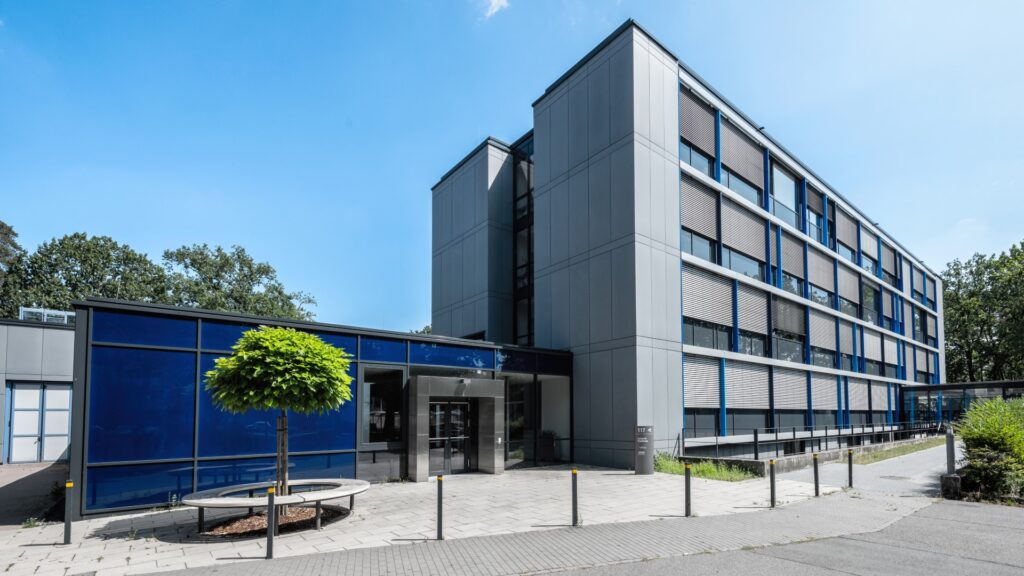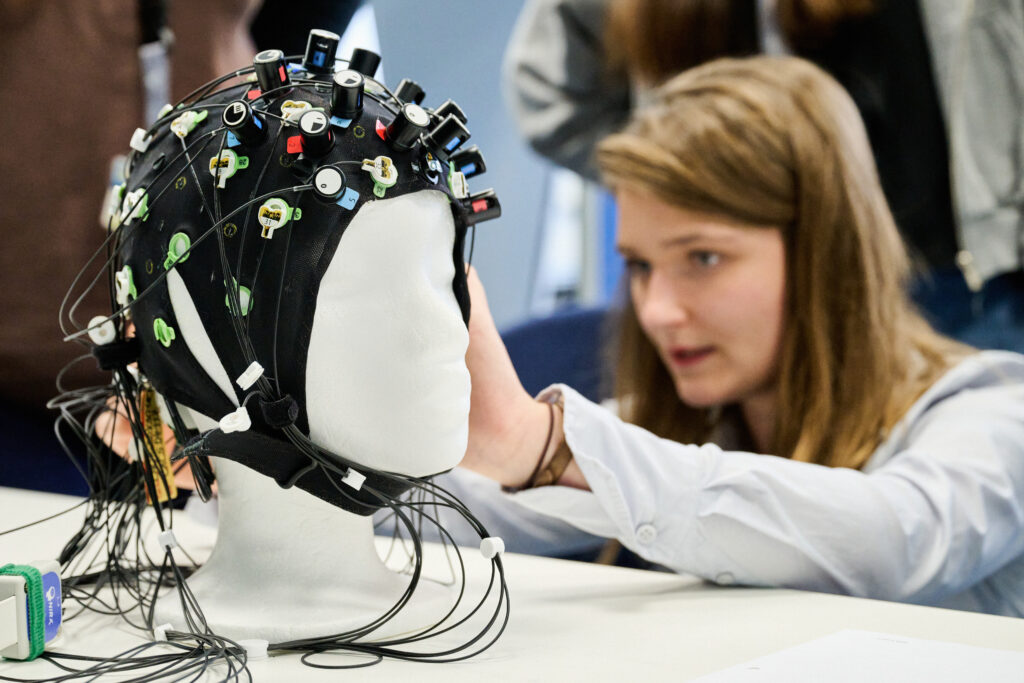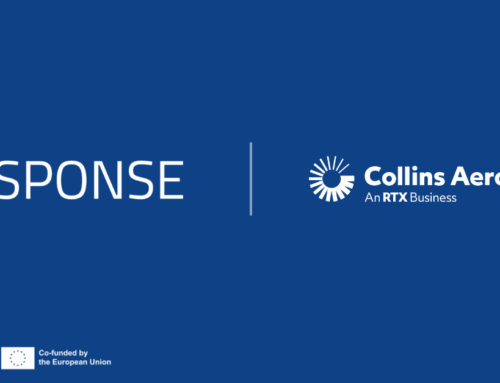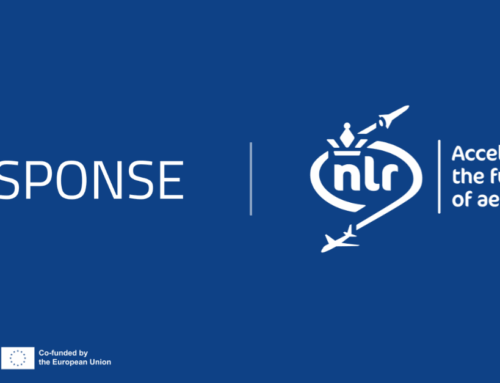Partner Spotlight: DLR

Credit: DLR
About DLR and their role in RESPONSE
The German Aerospace Center (Deutsches Zentrum für Luft- und Raumfahrt; DLR) is Germany’s national research and technology centre for aeronautics, space, energy, transport, security and defence. DLR’s work spans a wide range of applications, delivering results and innovations that benefit industry and business, government agencies and the public sector.
At the heart of DLR’s mission is its commitment to society, which it fulfils through extensive knowledge sharing and targeted technology transfer. The German Space Agency at DLR is responsible for planning and implementing German space activities on behalf of the federal government, from which DLR is funded. Additionally, two project management agencies at DLR manage research and industrial funding programmes.
Within DLR, the Institute of Flight Guidance is working on the development and application of future processes and technologies for the integrated airborne and ground-based guidance of aircraft. This means using airspace more flexibly and efficiently and enabling airports to optimise throughput, while minimising fuel consumption and environmental impact.
In the RESPONSE project, DLR leads Work Package 1 — Pilot Incapacitation Transition Monitoring, conducts experiments on neurophysiological assessment of mental fatigue, and contributed to the work done on the development of ConOps for single-pilot operations.
Current Research: assessing mental fatigue with fNIRSs
Starting November 2025, DLR will begin an experimental campaign in their HMI (Human-Machine Interface) laboratory in Braunschweig, Germany. In this campaign, led by leading researcher Dr. Anneke Hamann, they will investigate the possibilities of assessing the onset and increase of mental fatigue in pilots by measuring changes in activity in the human brain. For this, they will use a method called functional near-infrared spectroscopy, in short fNIRS. With this method, it is possible to measure the changes in oxygen concentration in the brain by shining light in the near-infrared spectrum, approximately 2 cm deep into the brain, and measuring how much light is reflected and how much is consumed. This shows not only how much the oxygen concentration in the brain changes over time, but also how active the brain is – because the more your brain works, the more oxygen it needs as “fuel”. Brain activity (and thus oxygen consumption) changes with increasing mental fatigue. Within these experiments, DLR wants to assess how accurately these changes can be measured over time.
In order to do this, they have designed an experimental task that consists of monitoring the state of a simulated aircraft and memorising items. Over time, the participants will become fatigued from the task, and a continuous fNIRS measurement, combined with performance and subjective reports, will hopefully show exactly when.
Contributing to future pilot state monitoring systems
A working pilot state monitoring system is the key to achieving tailored assistance for the pilot(s). It is crucial to detect transitions from wanted (the pilot is alert) to unwanted (the pilot is fatigued) cognitive states early on in order to be able to counteract the process, e.g. by having automation take over some of the pilots’ tasks. If incapacitation due to extreme mental fatigue cannot be prevented, at least an early warning can buy more time to react.
Before deciding which measurement methods should be part of such a system, it is important to investigate their capabilities, their validity and reliability in assessing the state of interest, their strengths and limitations. By researching how fNIRS-based measurements can contribute to such a monitoring system, DLR will build essential knowledge and the basis for pilot state monitoring. The results of the DLR experimental campaign, together with those of the project partners NLR and ISAE, will support the further development of the ConOps developed in Work Package 2 – Safe Return to Land ConOps Evolution.
Research Challenges and Solutions
We asked Dr. Anneke Hamann, Work Package 1 and RESPONSE leader within the DLR Institute of Flight Guidance, what is the biggest challenge within the project and how she thinks they can overcome it:
“The biggest challenge within the project, but also for pilot state monitoring in general, is bridging the gap between fundamental research done in the laboratory and the real-world environment of the cockpit. We can no longer control all variables that could influence our measurements (light, sound, electromagnetic noise, movement, etc.), but we want to assess real people during their daily work. This brings along a series of methodological challenges including questions of validity of the assessment, data quality, data processing and analysis in real-time and miniaturization of sensors to make them wearable and comfortable, but also ethical and legal challenges. How will data be used and stored? Who will be able to access them? Under which conditions will pilots accept such an assessment?
Within RESPONSE, we focus on the first part, i.e. finding a valid and reliable measurement method. This is the necessary first step, because without it, there will be no pilot state monitoring system. Nevertheless, we need to keep in mind those other questions in order to make the jump from fundamental research to reality”.
Impact on the Future of European Aviation
The aviation industry experiences a continued increase in automation, fueled by new technologies and more capable systems. This changes the roles, responsibilities and tasks of the human operators. When introducing new technologies or concepts into the cockpit, it is important to consider how this will influence the pilot(s). The first question of every new development should be: which problem does it solve?
Fatigued, inattentive pilots, even before becoming fully incapacitated, can miss information, can take longer to react to changes and their decision-making can suffer from it. With higher levels of automation, it is increasingly difficult to spot signs of inattention: if the automation works reliably, pilots are rarely required to intervene. Pilot state monitoring can introduce an additional safety net into the cockpit, both for two-crew and single pilot operations. Together with the ConOps developed within the project, this will have a positive impact on aviation. With its combination of industry and research, the RESPONSE consortium can harness valuable resources and years of expertise. It is ideally positioned to create concepts that will pave the way for a safer, more resilient and future-proof aviation industry.

Dr. Anneke Hamann (Credit: DLR)



Leave A Comment